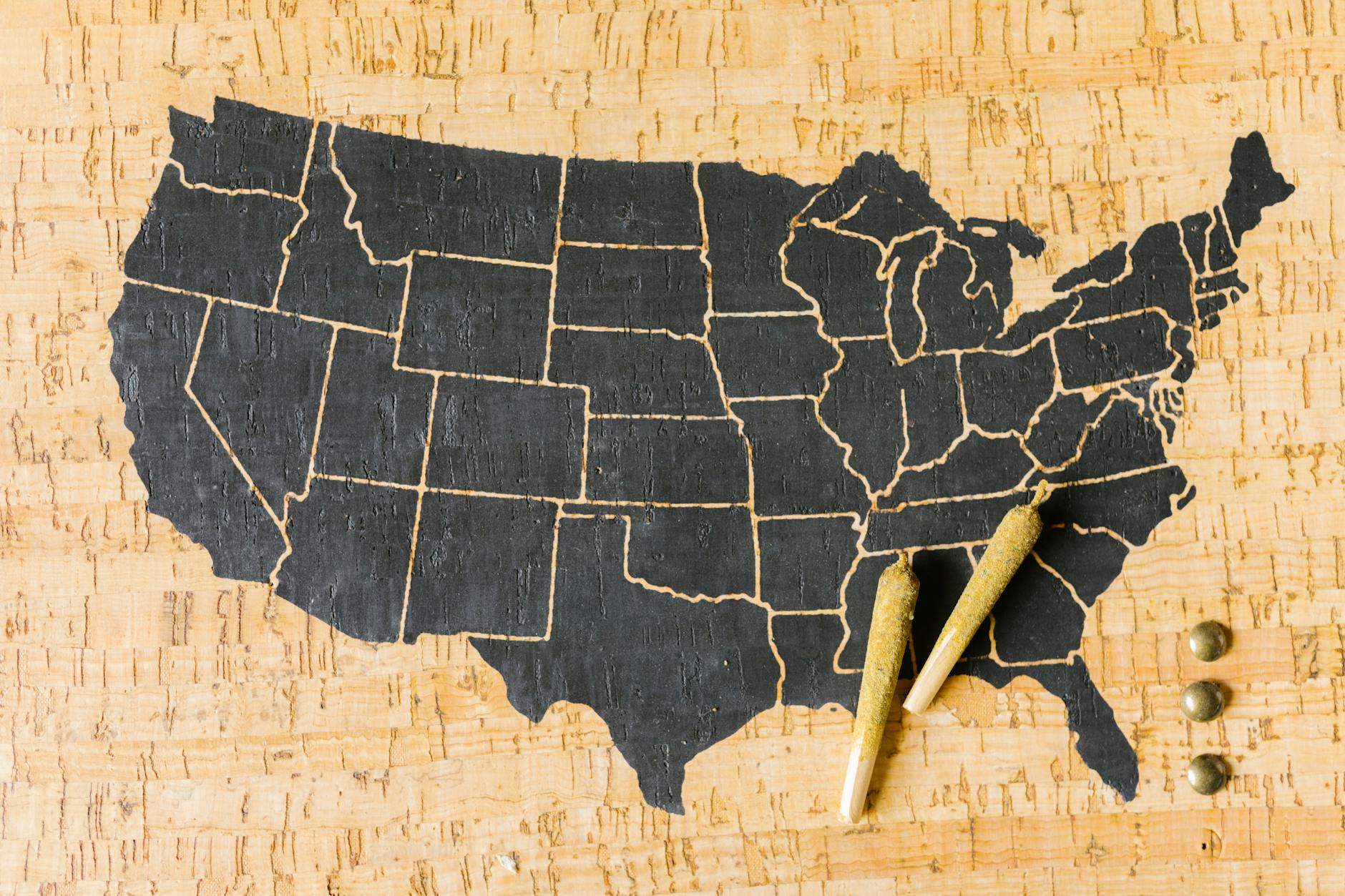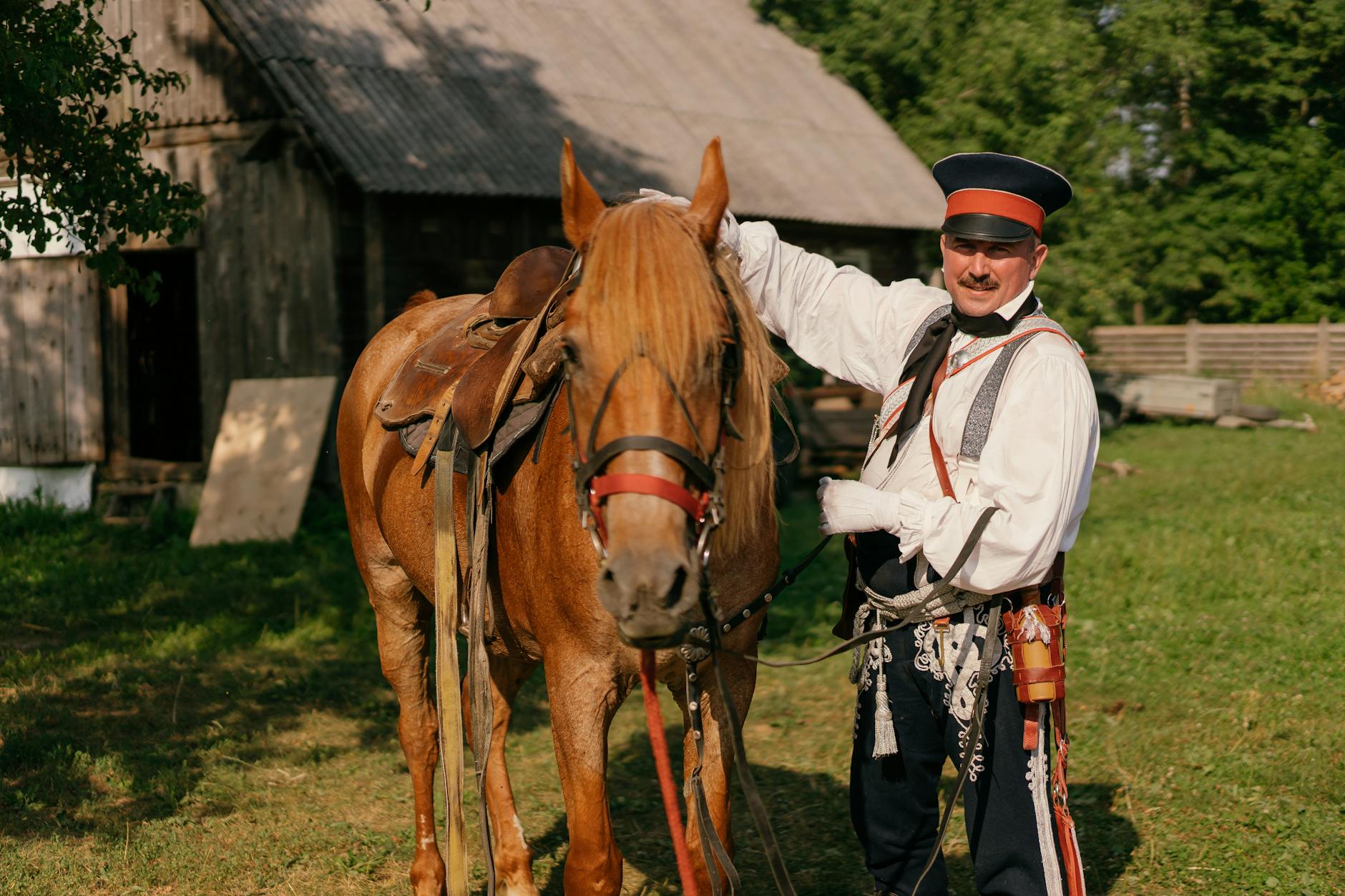The history of cannabis harnesses a fascinating journey, from its utilisation in ancient civilizations to the forays towards modern legalization. Its presence in cultural, religious, medical, and artistic histories, as well as its contested relationship with the forces of law and discrepancy, paints an expansive and rich tableau of human interconnection with these natural substances.
Cannabis’s roots stretch back to the dawning of recorded history. Its usage in ancient civilizations is well-documented, with archaeological findings tracing its roots to the Neolithic Age. Whether for therapeutic applications, spiritual ceremonies, or practical purposes such as textile manufacturing, cannabis was an essential component in many societies. Evidence of its significance is also found in the ancient Chinese pharmacopoeia and the Vedic scriptures of Indian civilization, highlighting its role in both medicine and religious practices throughout history.
This multifaceted plant also made its mark on art and literature of yesteryears. From venerable Chinese poets who drew inspiration from the hemp plant to the ancient Scythian’s cannabis-infused rituals that inspired the Greek historian Herodotus, cannabis in art and literature provides interesting insights into human experiences and cultural symbolism.
However, the trajectory of cannabis took a dramatic turn with the wave of prohibition that seized many parts of the world in the early 20th century. The initiation of cannabis prohibition was driven more by sociopolitical agendas rather than scientific evaluation, often under the guise of maintaining social order and health safety.
The prohibition era marked a stark contrast from cannabis’s earlier acceptance, leading to its negative portrayal in popular culture. It was often stigmatized, associated with illicit activities, and criminalized, which drastically affected public perception. This marked the cannabis in popular culture during the most part of the 20th century.
As the smoke of prohibition began to clear, however, a collective shift in perspective started taking shape. Scientific understanding and public sentiment began to move towards an acceptance of cannabis, driven significantly by grassroots movements and cannabis advocacy. Initiatives like the National Organization for the Reform of Marijuana Laws (NORML) played significant roles in pushing for change, embodying the spirit of cannabis advocacy and reform.
In recent years, the trend of cannabis legalization has gained considerable momentum. Various countries and states, primarily in North America and Europe, have begun to adapt and enact policies to decriminalize or legalize cannabis, both for medical and recreational use. This growing cannabis legalization impact is not just a sign of shifting attitudes but a testament to our evolving understanding of the plant’s therapeutic potential, shaping our own physiological, psychological and societal wellbeing.
Looking back, there is little doubt that cannabis has been an intrinsic part of human history, shaping and being shaped by societies. As we continue to redefine its place within legal boundaries, health systems, and social acceptability, the complex relationship between humans and cannabis remains an enduring and dynamic dialogue. The ancient plant of cannabis thus continues its historical journey, recreating itself once again for a new era.



